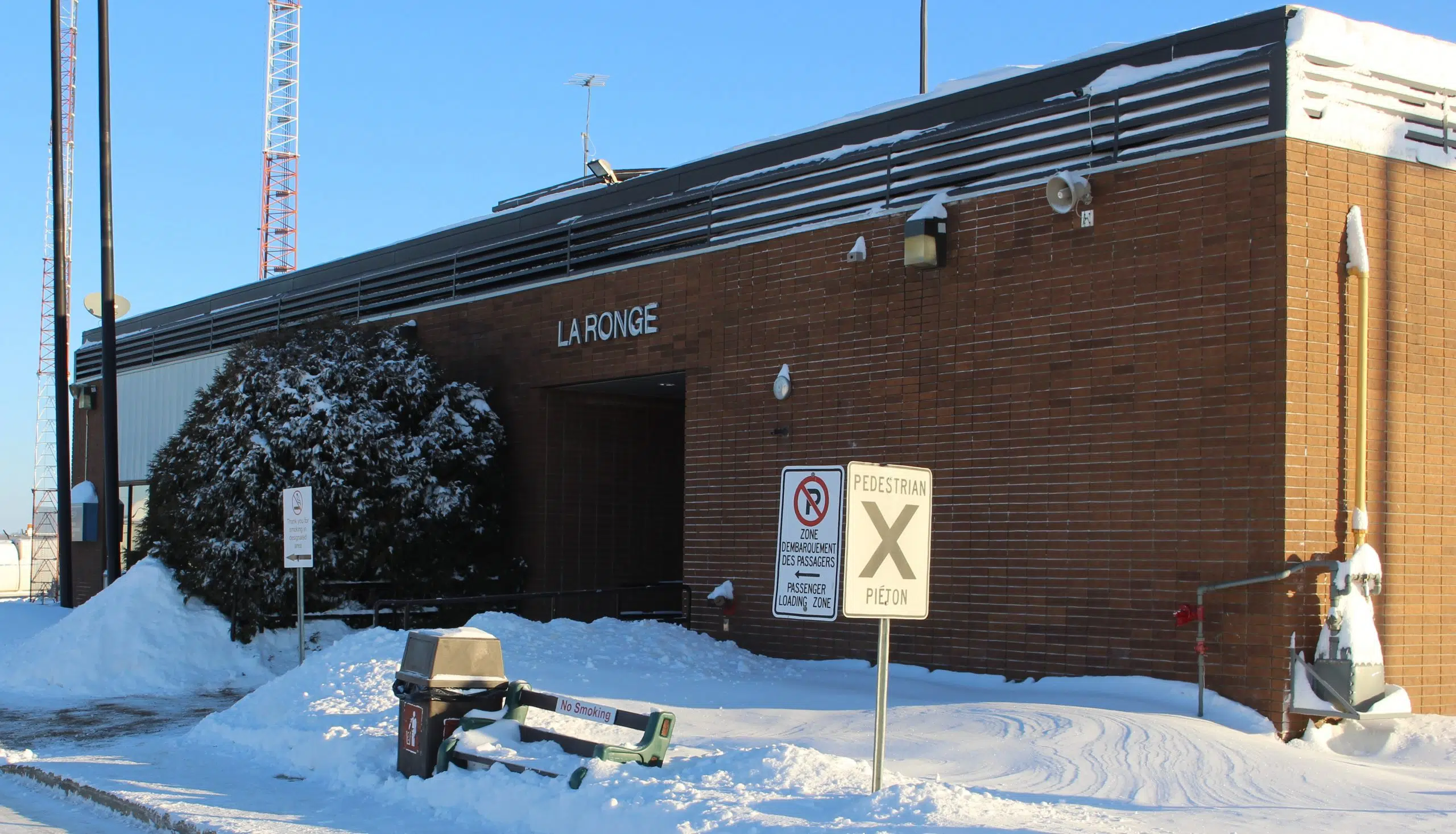
Drinking water at La Ronge Airport deemed potentially unsafe
For close to three weeks now, visitors and staff at the La Ronge Airport have been advised not to drink the tap water due to possible contaminates.
After receiving a letter from Transport Canada late last year asking if they could send an environmental consultant to drill holes, as well as collect and test groundwater at the location, officials with the Town of La Ronge did testing of their own. According to Chief Administrative Officer Stephen Conway, initial lab results showed contamination levels “higher than they’ve ever seen.”
“We immediately prevented all staff and members of the public from drinking water at the terminal and our shop,” he said. “We want to do a second test to make sure our results are proper. Those results are not yet back, so we’re erring on the side of caution.”
The letter from Transport Canada also noted contamination could have occurred during the use of per- and polyfluoroalkyl substances (PFAS), which were a key ingredient used to make firefighting foams. The product was used during fire training exercises. The letter states PFAS are not biodegradable and may migrate away from the site.


